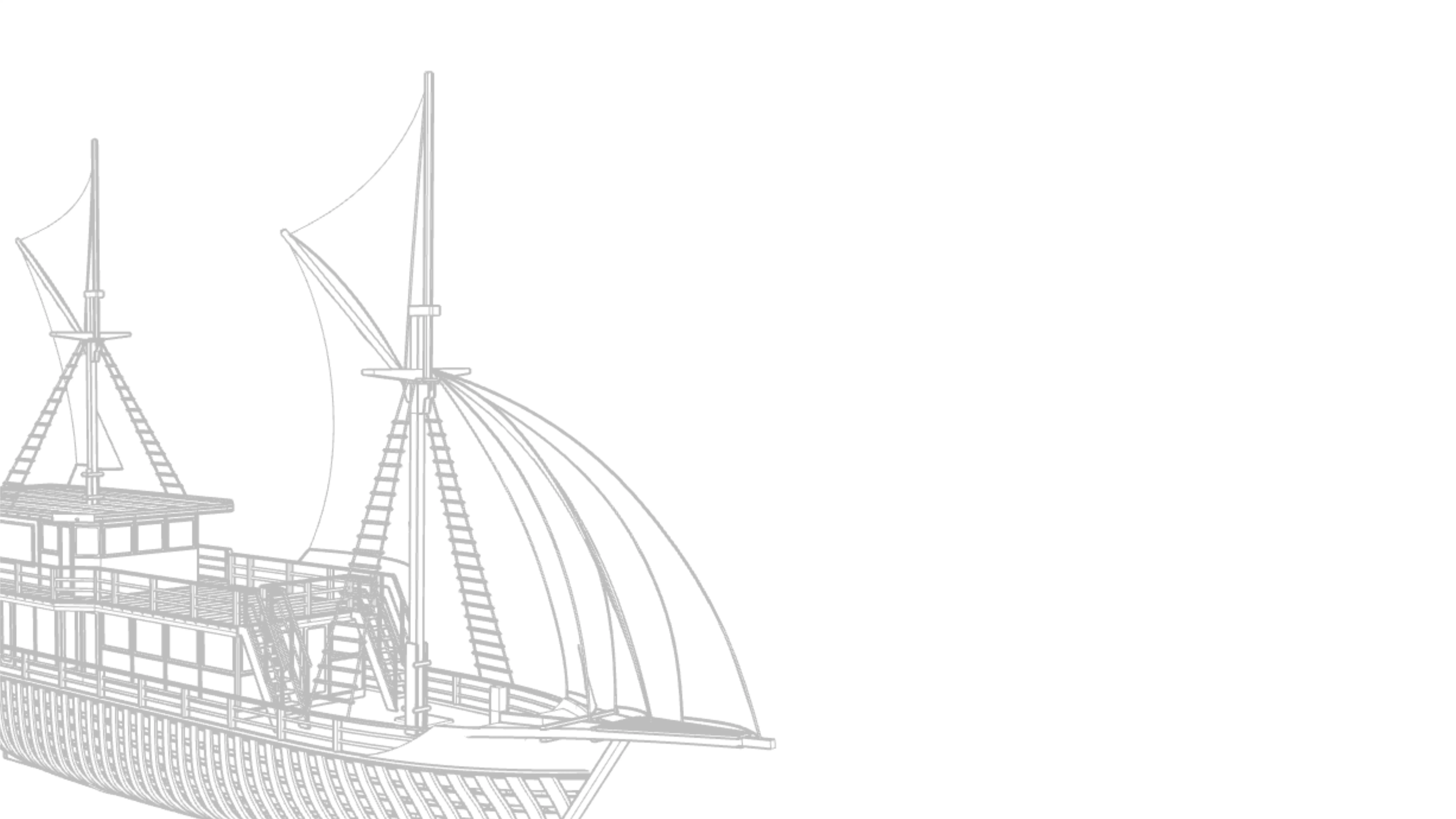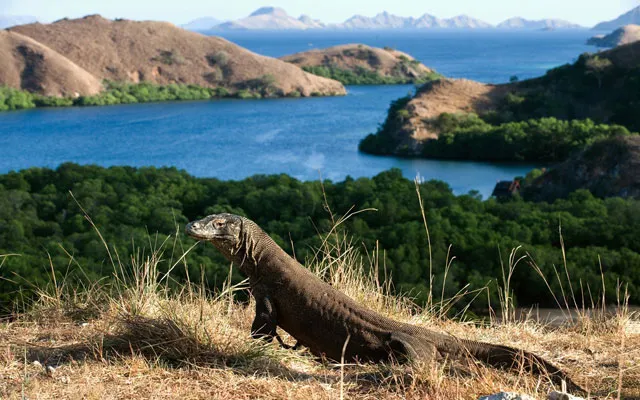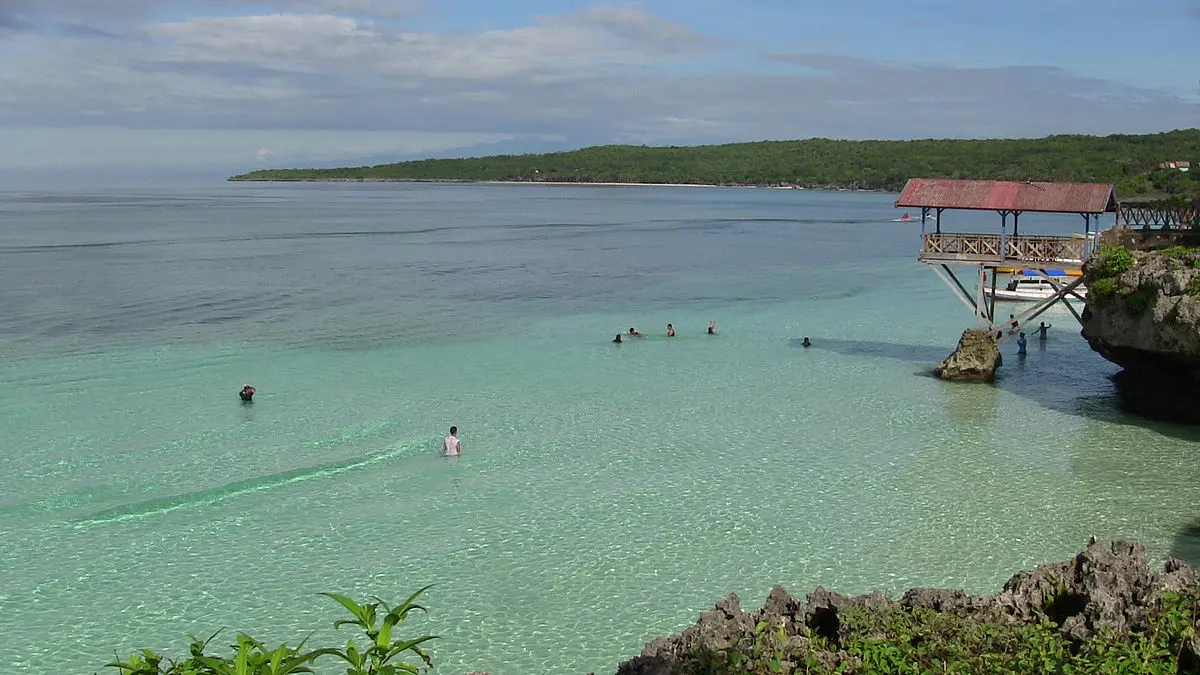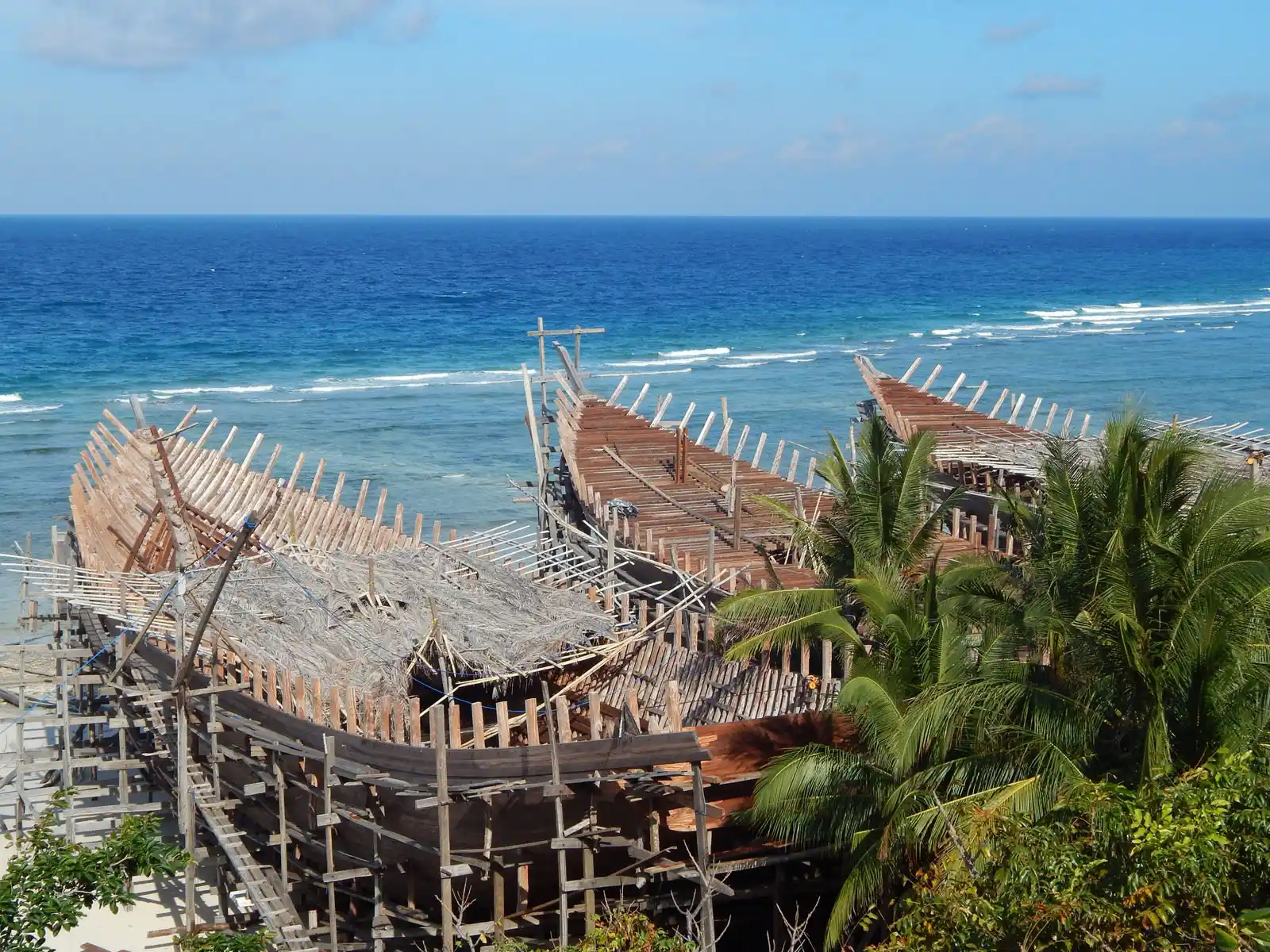Indonesia Maritime History Timeline: From Ancient Trade to Global Influence
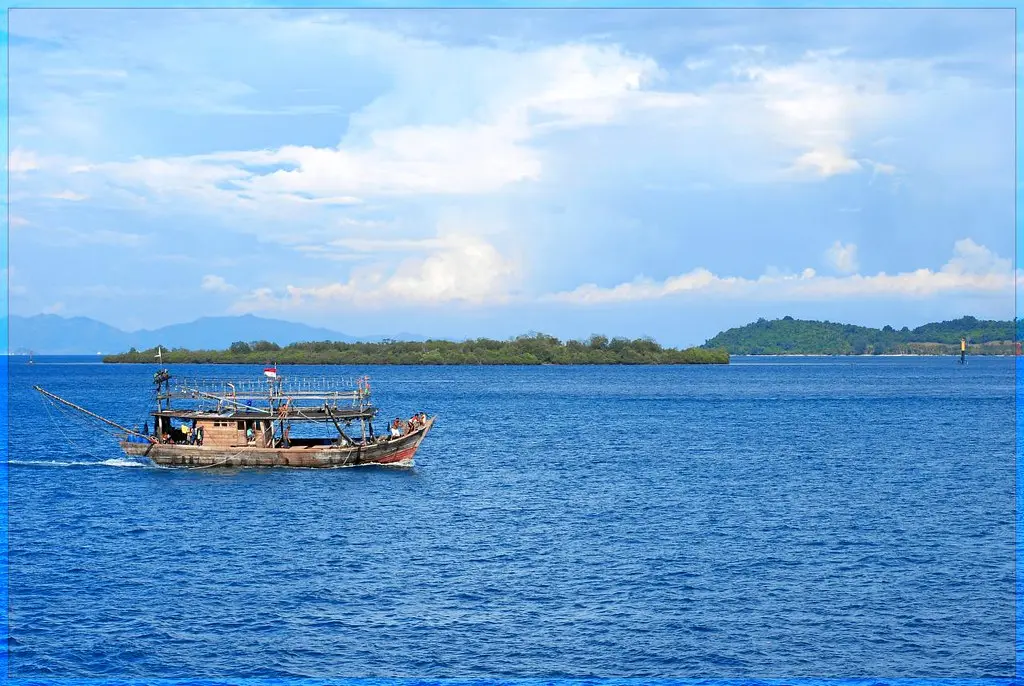
Indonesia's maritime history is extensive and influential. It covers thousands of years and has played a key role in shaping the region’s culture, economy, and politics. As an archipelago of over 17,000 islands, Indonesia has long been a strategic hub on global maritime trade routes connecting East and West.
This comprehensive history reveals how Indonesia’s vast seas have shaped its cultural heritage, economic growth, and global influence from ancient times to today. Let’s explore this fascinating journey.
Read Also: The History of Phinisi: World-Class Cultural Heritage of Bulukumba
1. Ancient Maritime Beginnings (Before 1st Century AD)
Long before recorded history, the waters of what is now Indonesia were home to some of the earliest maritime activity in Southeast Asia. Archaeological evidence shows that prehistoric communities on these islands used simple rafts and boats to navigate between islands for fishing and trade.
By around 1000 BCE, Austronesian peoples, known for their advanced seafaring skills, began to spread across the region, reaching as far as Madagascar to the west and Polynesia to the east. Their mastery of navigation by stars, ocean currents, and winds was remarkable, enabling long distance voyages over vast stretches of open ocean.
These early maritime activities laid the groundwork for later trade networks that would flourish along the archipelago’s extensive coastlines.
2. The Rise of Maritime Kingdoms (7th to 15th Century)
Indonesia’s maritime prowess reached new heights during the era of the Srivijaya and Majapahit empires. Srivijaya, a Buddhist thalassocracy based on Sumatra, dominated the maritime trade routes through the Strait of Malacca from the 7th to the 13th century. This empire controlled crucial trade networks between China, India, and the Middle East, acting as a key player in the lucrative spice trade.
Srivijaya's naval power and strategic position allowed it to become a cultural and economic center, promoting the spread of Buddhism and facilitating diplomatic ties across Asia. Its legacy includes contributions to maritime law and navigation techniques still admired today.
Following Srivijaya, the Majapahit Empire, centered in East Java from the 13th to the 15th century, expanded Indonesia’s maritime influence further. Majapahit was known for its formidable navy and extensive trade relations with neighboring islands and mainland Asia. The empire fostered unity among the diverse peoples of the archipelago and is often celebrated as a golden age of Indonesian maritime history.
3. The Spice Trade Era and European Contact (16th to 18th Century)
Indonesia’s strategic position in the global spice trade attracted the attention of European powers starting in the early 1500s. Spices such as cloves, nutmeg, and mace, which were native to the Maluku Islands, were highly prized commodities that drove intense competition for control of trade routes.
Portuguese explorers were the first Europeans to arrive, establishing forts and trading posts. However, the Dutch East India Company (VOC) eventually supplanted Portuguese influence, establishing a colonial maritime empire centered in Batavia (modern day Jakarta). The VOC controlled sea lanes, monopolized spice trade, and built an extensive naval fleet to protect its interests.
This era transformed Indonesia’s maritime landscape dramatically. It introduced new technologies and naval warfare methods while disrupting indigenous trade networks and political structures. Nevertheless, the period cemented Indonesia’s global role as the "Spice Islands" and a vital node in international commerce.
Read Also: Best Ways to Get to Komodo Island from Singapore
4. Colonial Maritime Legacy and Modernization (19th to Mid 20th Century)
Throughout the 19th century, Dutch colonial rule intensified the modernization of Indonesia’s maritime infrastructure. The establishment of ports, lighthouses, and navigational aids facilitated increased trade volume and connected the archipelago more closely with global markets.
Steamships began replacing traditional sailing vessels, and new maritime laws standardized shipping operations. Meanwhile, local shipbuilding traditions persisted, notably the crafting of the iconic Phinisi schooners in Sulawesi, which remain a symbol of Indonesia’s maritime identity.
During this period, Indonesia’s seas also became strategic military zones during both World Wars, underscoring the continuing geopolitical importance of the archipelago’s waterways.
5. Indonesia’s Maritime Role in the Post Independence Era (1945 to Present)
After gaining independence in 1945, Indonesia recognized the critical importance of its maritime domain to national unity and development. The country adopted a "Wawasan Nusantara" (Archipelagic Outlook) policy to assert sovereignty over its waters, which culminated in the 1982 United Nations Convention on the Law of the Sea (UNCLOS) recognizing Indonesia as an archipelagic state.
Indonesia’s contemporary maritime strategy focuses on safeguarding sea lanes, combating piracy, and developing its shipping and fishing industries. The government also invests in preserving traditional maritime cultures, such as the Phinisi shipbuilders of Bulukumba, and promotes marine tourism.
Internationally, Indonesia plays a vital role in regional maritime security through ASEAN cooperation and participates actively in global maritime governance forums, continuing its centuries old legacy as a key maritime nation.
Timeline Summary of Key Events
- 2000 BCE: Austronesian migration into Indonesia.
- 7th Century: Rise of Srivijaya as a maritime trade empire.
- 13th Century: Majapahit unifies the archipelago with naval power.
- 1602: Dutch VOC established, dominating trade and sea routes.
- 1945: Indonesia declares independence.
- 1982: Archipelagic status recognized by UNCLOS.
- 2014: Launch of Global Maritime Fulcrum policy.
- 2017: Phinisi recognized by UNESCO.
The Global Legacy of Indonesia’s Maritime History
Indonesia’s maritime history has left a profound impact on the world. Ancient Indonesian seafarers played a key role in populating vast areas across the Pacific and Indian Oceans. Positioned at a strategic crossroads, the archipelago became a vital link for cultural and economic exchanges between Asia, the Middle East, and Europe.
Maritime kingdoms here introduced pioneering legal frameworks and navigation techniques that influenced governance and trade across the region. The legendary spice trade not only transformed global economies but also shaped diets worldwide.
Today, Indonesia’s focus on archipelagic sovereignty and maritime security serves as an important model for other island nations. Beyond politics and trade, Indonesia’s rich maritime traditions, such as intricate boatbuilding, expert navigation, and vibrant seafaring festivals, continue to inspire curiosity and admiration around the globe.
Read Also: The Timeless Elegance of the Indonesian Phinisi: Where Heritage Meets Luxury
The Timeless Craftsmanship of the Phinisi in Bulukumba
One of the most iconic symbols of Indonesia’s maritime heritage is the Phinisi, a traditional two masted wooden sailing ship crafted by the skilled boatbuilders of Bulukumba, South Sulawesi. These magnificent vessels represent centuries of local expertise, combining age old techniques with subtle modern adaptations.
The Phinisi is more than just a boat; it’s a floating testament to Indonesian culture, resilience, and artistry. Today, these ships are celebrated worldwide for their elegant design and craftsmanship, serving as cultural ambassadors and practical vessels for trade, tourism, and exploration.
The Phinisi’s distinctive hull design, known as the palari, offers excellent speed and stability for long voyages across the Indonesian archipelago.
Functionally, Phinisi vessels continue their legacy as workhorses for inter island trading and fishing. Today, they are also popular as luxury liveaboard cruises, allowing guests to explore Indonesia’s rich marine biodiversity.
Traditionally, Phinis were powered entirely by sails. Modern versions now incorporate engines for convenience. Despite this, the craftsmanship remains deeply rooted in hand carved woodwork using traditional tools.
The Phinisi’s striking silhouette on the horizon symbolizes Indonesia’s enduring connection to the sea, balancing tradition with innovation and cultural pride.
Experience the Phinisi Boat Workshop Tour at Riara Marine
Ready to witness this extraordinary maritime legacy firsthand? Join the Phinisi Boat Workshop Tour at Riara Marine in Bulukumba. You will see skilled artisans breathe life into these magnificent ships. They build them using traditional methods passed down through generations.
Explore the shipyard, learn about the intricate building process, and immerse yourself in Indonesia’s rich seafaring culture.
Contact us today to schedule your visit and experience the magic of the Phinisi up close. Discover why Bulukumba remains the true heart of Indonesia’s maritime story!
